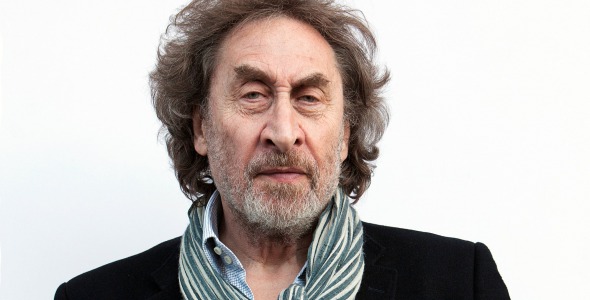There can be few more surprising sights for Irish visitors to London than that of Oliver Cromwell in Parliament Square.
Admittedly, unlike the nearby statue of King Richard I, Cromwell at least had a serious link with Britain’s parliamentary tradition. For many Irish visitors, however, it can seem bizarre and abhorrent that Cromwell’s championing of the rights of parliament should eclipse the massacres attributed to him at Drogheda and Wexford.
Similar concerns have underlain a debate in recent weeks over whether or not it’s fitting that a statue of the racist and imperialist Cecil Rhodes should be prominently displayed outside Oxford’s Oriel College.
For author Howard Jacobson at independent.co.uk, such debates are emblematic of a “new barbarism”, in contrast to an old barbarism that tended to gloss over the realities of such things as slavery, and in contrast to the barbarism of ISIS and the Taliban “who set the standard for thoroughness and celerity when it comes to removing evidence that others think differently from them”.
Barbarism
Of course, it could be argued that this kind of barbarism is neither new nor alien to the West: all by now should be able to point to the violent iconoclasm that marked the Protestant Reformation and the French Revolution.
Nonetheless, Jacobson says, “Our Barbarism is more shocking than Their Barbarism because we make a show of difference and tolerance and they don’t. And the New Barbarism is more brutal than the Old Barbarism because the words and attitudes policed were hurried out of sight, whereas what faces us now is the blood-stirring spectacle of falling bronze and concrete.”
2015, he said, had been shaping up to be “one of the most culturally brutal years in living memory, but it already has a tame look about it”. In retrospect, he feels, it’s looking like a trial run.
“What would happen if we tried to get rid of a Nobel Prize winning scientist on charges of gender facetiousness? Would anyone stand up to us? Nope. What would happen if we tried to ban lectures by people whose views we didn’t share? Would anyone stand up to us? Nope.”
The wind is behind those who would blow Rhodes down now, he says, appalled as they are by Rhodes’ racism, which he refuses to minimise but stresses is not the only story of mankind. Plenty of others held values that likewise stand against today’s. “I am not concerned to salvage Rhodes’ reputation,” he says. “Let him be as bad as those who want his page torn from the book of life insist he is. Most people to whom a statue has been erected are undeserving.
“That a nation’s statuary will reflect beliefs and attitudes that are no longer current or congenial hardly needs arguing,” he continues, pointing out that “In most instances it doesn’t at all imply a continuing reverence. A healthy culture doesn’t memorialise only those it agrees with.”
By the logic of those who would tear down Rhodes, he says – a logic many a Catholic could turn on the Cromwell statue – he should, as a Jew, tremble whenever he passes a church, haunted by the shameful history of Christian anti-semitism.
“How long,” he sarcastically asks, “can I be expected to tolerate altar paintings and murals depicting Jews as deicides, baying for the blood of Jesus, or filling their purses with silver earned by betraying him?”
Such exclamations, he makes clear, invariably end up as “down with everything that isn’t me”. As Mary Beard put it on timesonline.typepad.com, “a great statue cull, based on 21st-century values, would leave few in place”.
“Much more important,” she continues, “is to look history in the eye and reflect on our awkward relationship to it, and what we are actually beneficiaries of, not simply to photoshop the nasty bits out.”
Rather than knocking down Rhodes – and Cromwell too – perhaps we might simply do more to remind people that they should be understood “warts and all”!


 Greg Daly
Greg Daly
